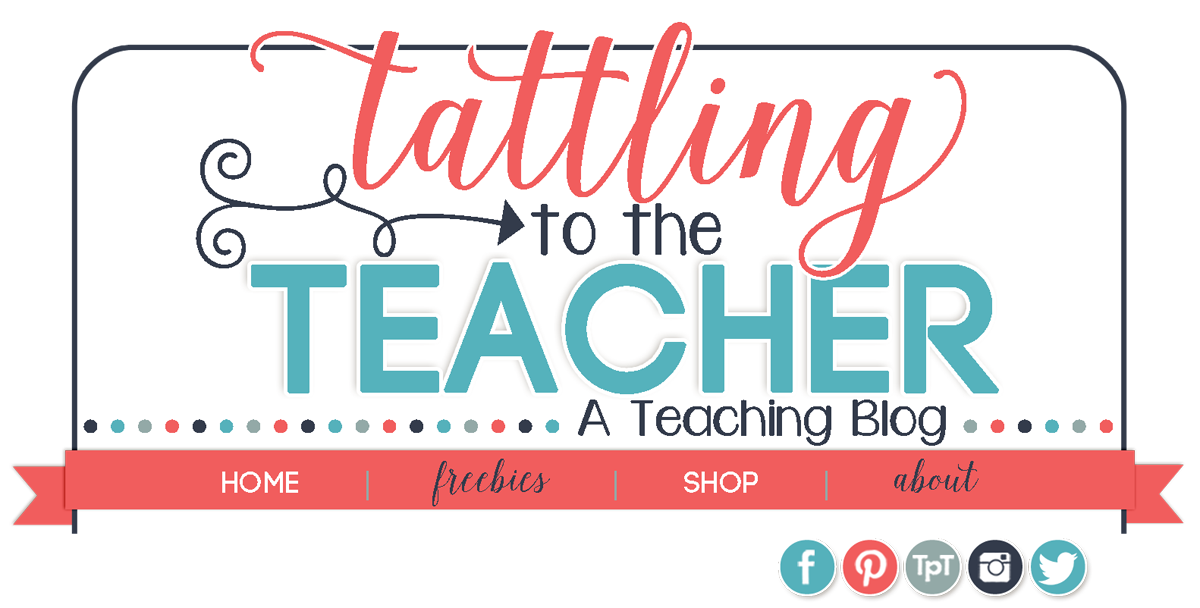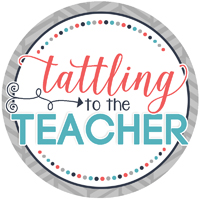How do you keep your middle schoolers engaged?
When I taught elementary I felt like I always had to be "on". I would come home exhausted from multiple rounds of guided reading, guided math, read alouds, and hands-on stations in science and social studies. I was working my butt off to keep my younger kids engaged and I felt like I was a one-woman show.
In middle school, I don't have time for my one-woman show... not to mention that 12-year-olds aren't impressed with it. I have to use every minute within my 55 minute blocks to teach a standard, have small groups, and *hopefully* give homework time. I am constantly on the move....physically and mentally. I am not the only one on the move.... the students are, too!
Yes, I've got some wiggly middle schoolers, but I also make it a point to include movement in my lessons. I've found that their movement increases engagement and participation. Here are a few ways to engage with movement:
Most days after a tough warm-up, I can tell that my students need a break. So, we have quick brain breaks. These include things like:
1. Meet & Greet: I use academic and non-academic prompts. I might post a math problem/riddle like:
or a non-academic prompt like: "Find a friend and tell them what you did last night?"2. Rock, Paper, Scissors: Find a friend and play the best of the three and then head back to seats.
3. Four Corners: With academic or non-academic prompts.
To be truthful, this isn't top on my list. It really depends on the group of students... but my middle schoolers have started to become "too cool" to be silly and have a dance party. I still try to throw it in every once in a while...I can usually get the athletes with some of the workout videos! I use to work in a district that paid for the premium version, which is awesome because you can embed academics with the games.
I use scavenger hunts as review games and stations. Scavenger Hunt days are my favorite. There is a buzzing throughout the room as students race around to find their answer and I feel like I hear the most math talk these days.
The scavenger hunts I use include about 12 problems around the room. Each page is posted with the problem in the middle of the page and an answer at the top of the page. The answer does not match the problem on the page. The students can start at any card and have to solve the card they start on and then find the answer on the top of another card. Then they solve that problem and so forth until they get back to where they started. I've got a freebie posted in my TPT store if you want to try one out:
 |
| Click here to get to TPT. |
Gallery walks are similar to scavenger hunts, but there are no answers posted. I number the cards and post them in order around the room. I usually do 5-10 problems. These type of activities are good for practice after the lesson, or I've even used them as the warm-up at the beginning of class. After students solve the problems in their journal, we go over the answers.
| Click here to get this freebie! |












